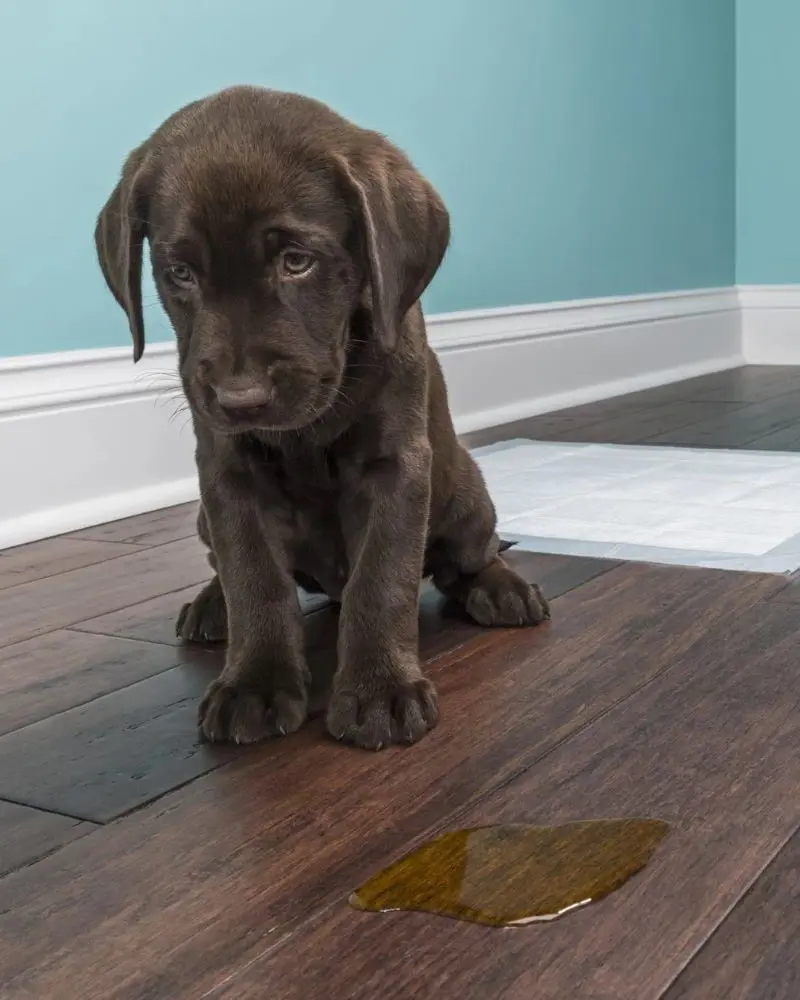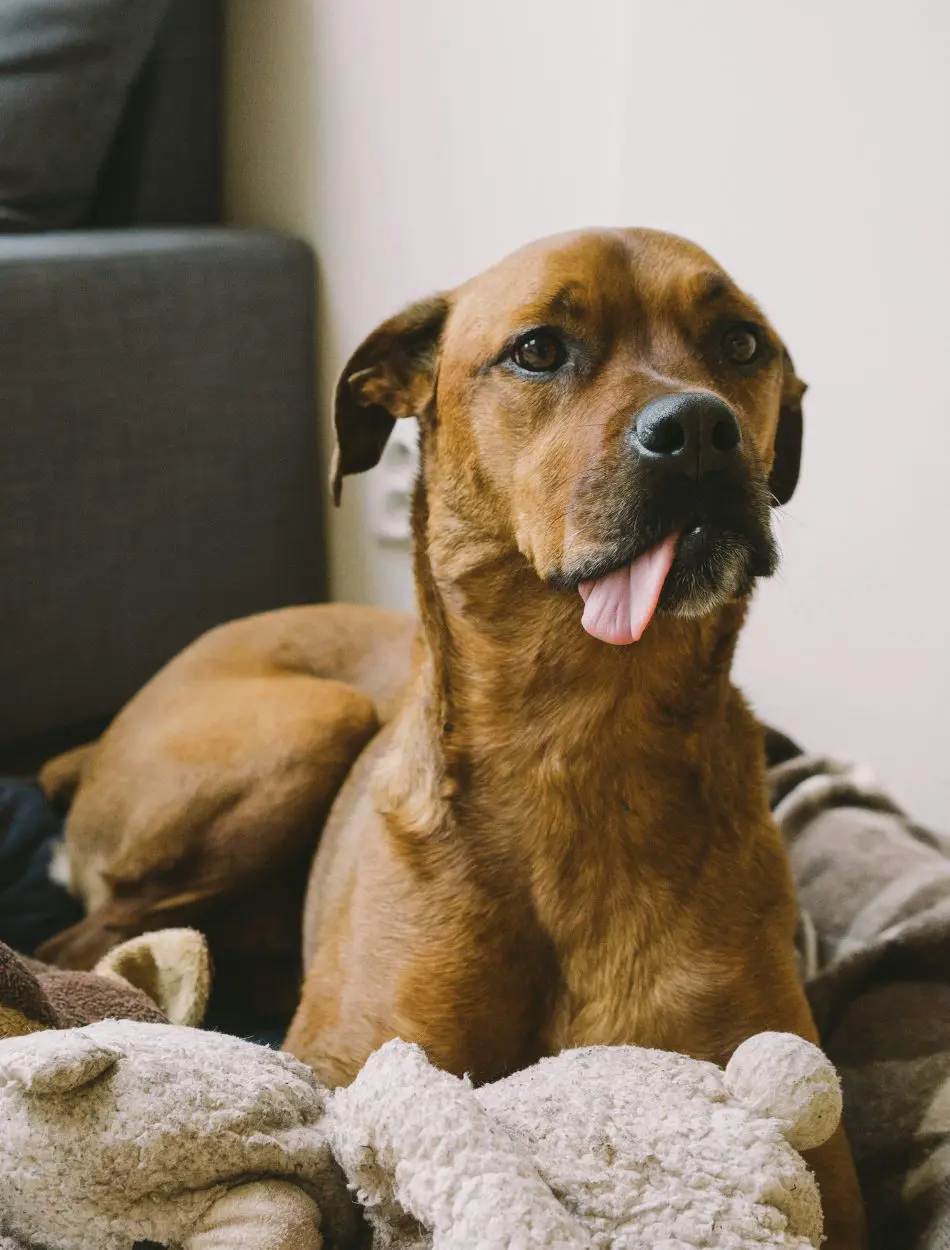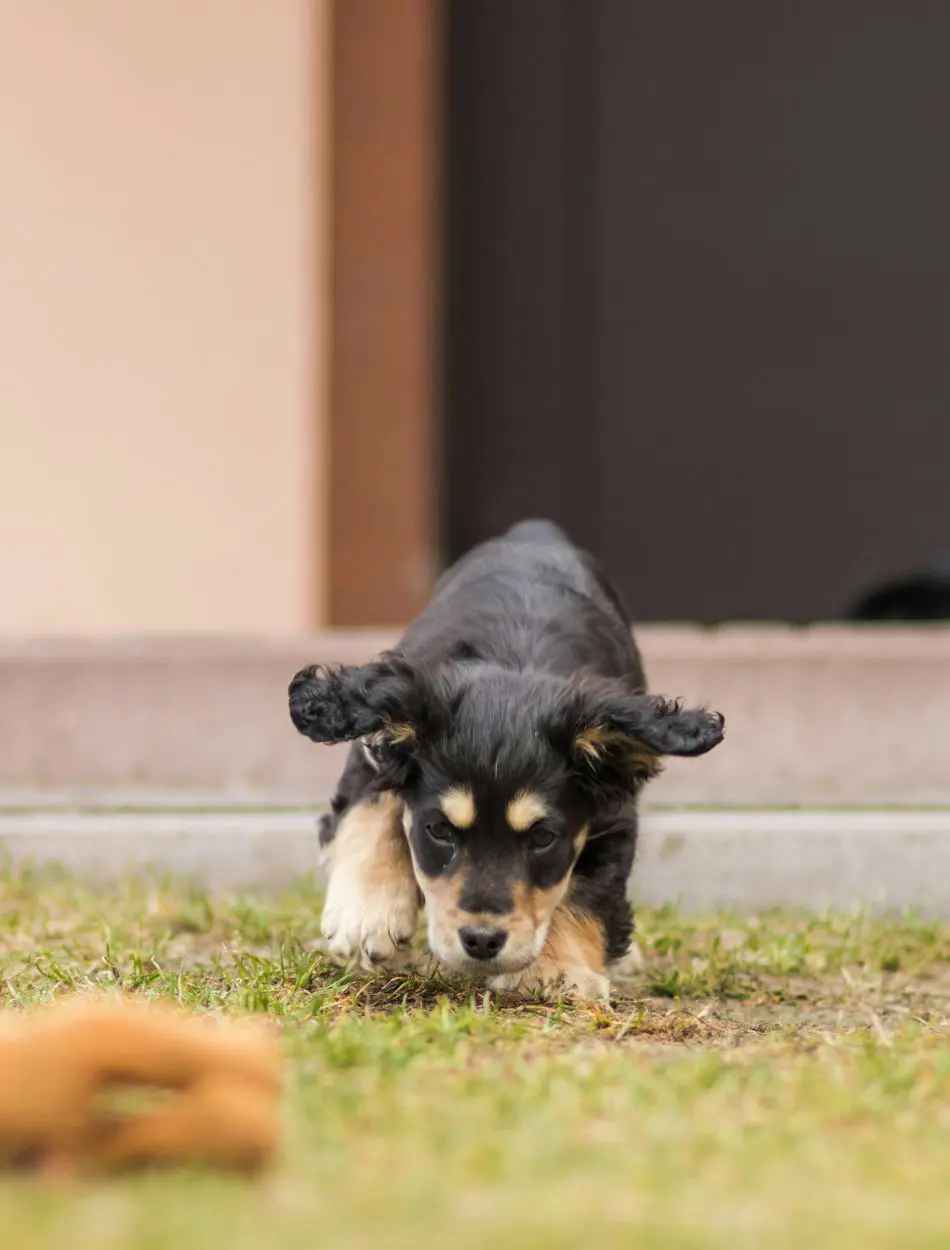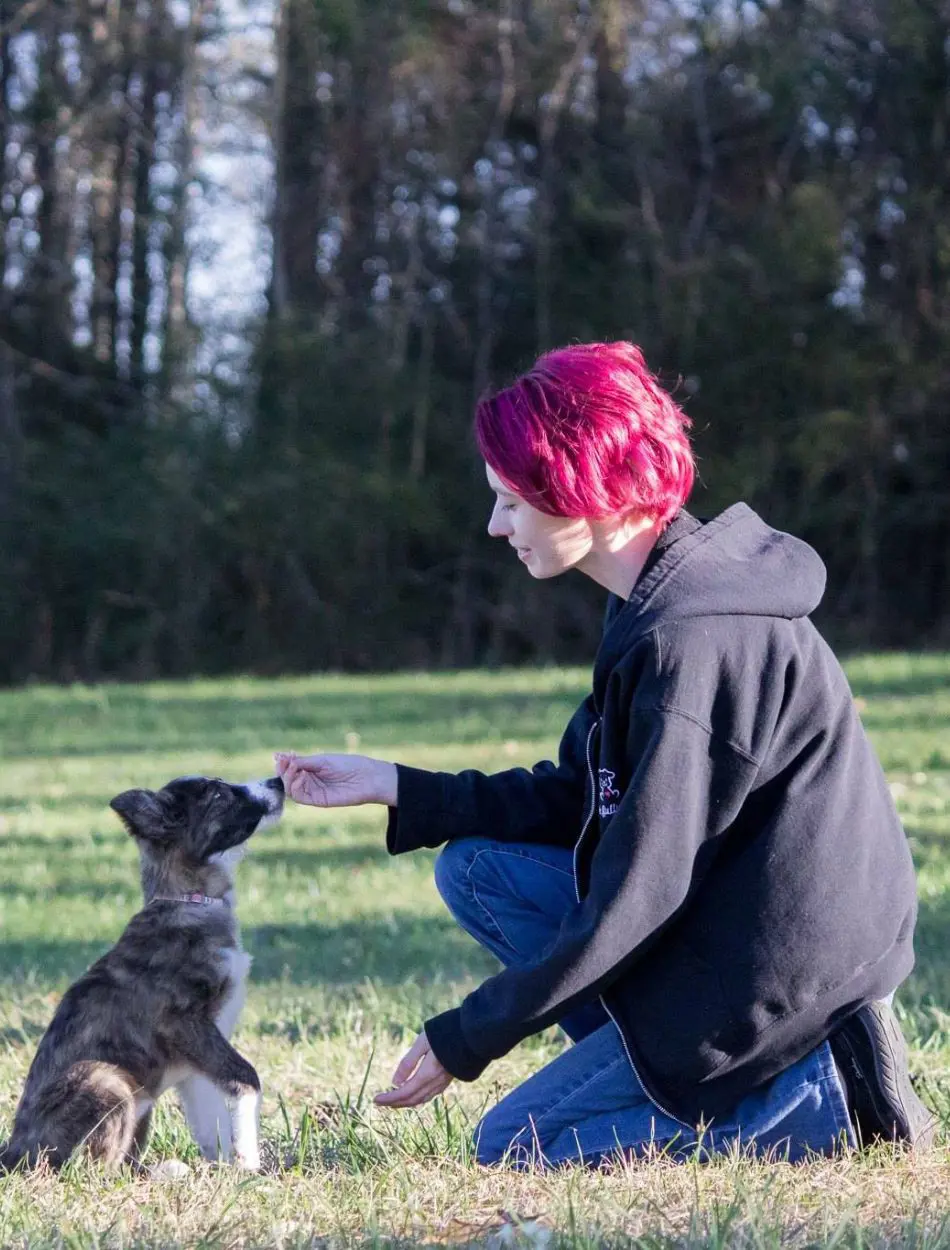20 Signs Of Anxiety In Dogs

Anxiety in dogs is one of the major, very common conditions that could have serious implications on a dog's general well-being and behavior. It manifests itself through increased barking, destructive behavior, and agitation.
Owners should be keen and watch out for any slightest change in the behavior of dogs, which may point to anxiety. This can manifest physically, by changes in routine habits, or some strange actions out of character. Proper appreciation of such signs will, therefore, help a lot in enabling a pet owner to find out what is causing the anxiety and hence provide support using relevant interventions.
1. Uncontrolled Barking

Dogs can react to stressful situations such as being left alone, encountering unfamiliar people and animals, or hearing loud noises with excessive uncontrollable barking. This is their way to communicate and express their anxiety and stress to their human.
This type of barking does not go away automatically until the factors causing them stress are reduced or removed from their environment. This kind of behavior can be very distressful and tiring to both the dog and its owners. It is very important to identify and manage the main cause of anxiety to provide them comfort.
2. Destructive Behavior
When in stressful situations, dogs might get anxious and can sometimes turn towards destructive behavior as a means of distraction from their stress. This type of behavior can be usually seen in those dogs that are separated from their owners or if they are transferred into some unfamiliar environment.
It surely is a loss when the dog chews on your expensive rugs and furniture, but more than this it can also be dangerous to your little furry friend's health as there is the risk of them ingesting something harmful while chewing to destroy. Owners should take care of these stressful situations and provide more mental and physical stimulation to their furry friends. Interactive toys can be very helpful in controlling such separation anxiety problems in dogs.
3. Pacing
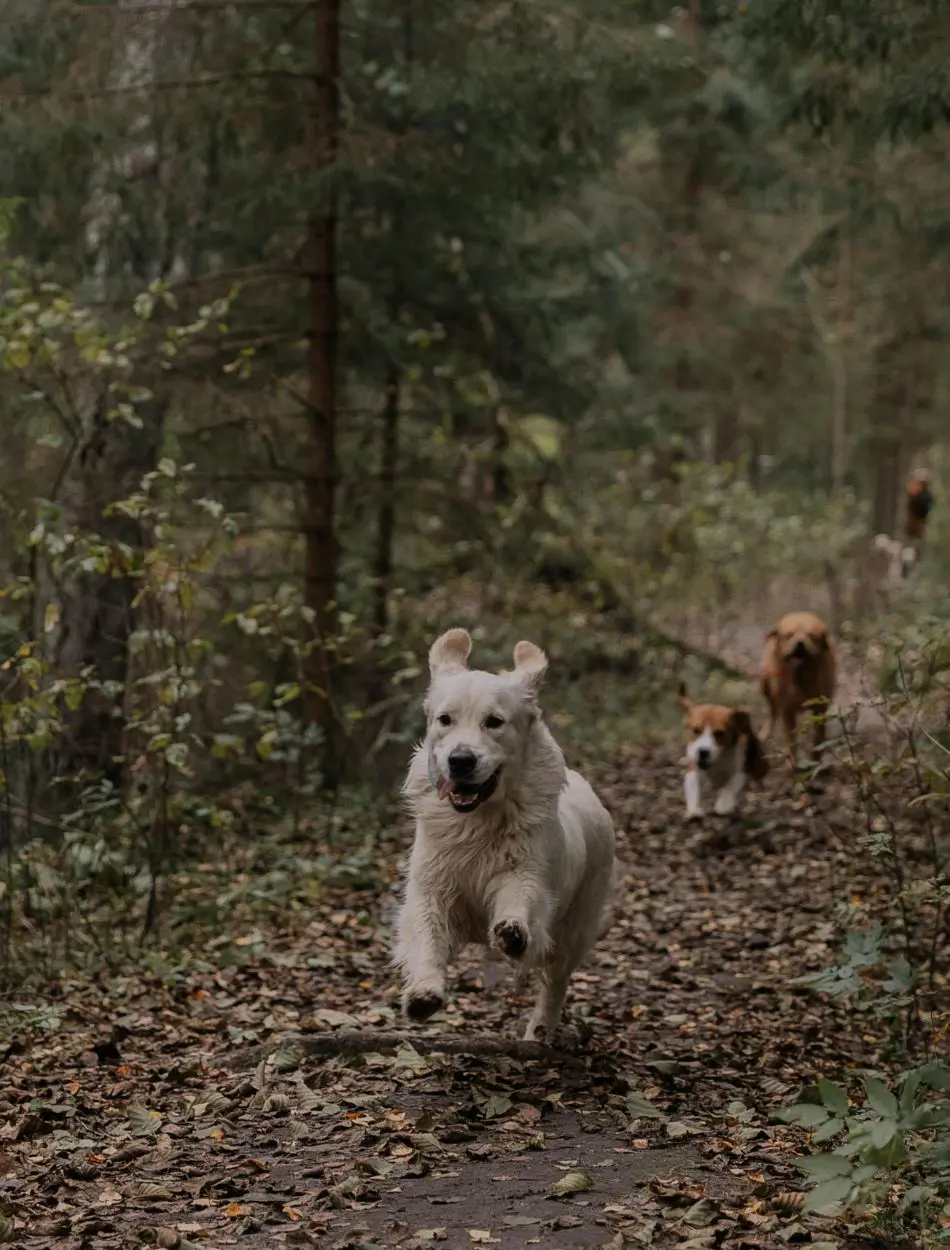
This habit involves the dog walking back and forth over and over in a set pattern. Sometimes it comes with other nervous stuff like whining. Pacing is a common clue that a dog is anxious and you can often see it when they're feeling uneasy or stressed out. Dogs are super sensitive so even small things like loud sounds can make them start pacing too.
Making a quiet safe spot for your dog can make them feel better. You should also give your dog plenty of exercise and things to do to keep their brain busy. This helps wear them out and stops them from pacing around because of stress. Also, things like pheromone plug-ins, tight wraps, or medicine from the vet can help calm your dog down. You need to figure out what makes your dog anxious and find the right ways to help them with this problem.
4. Panting
Panting is common in dogs after a run or exercise, but if your dog is panting without any obvious reason it might be a sign of anxiety. When a dog is anxious, their body's stress response can trigger rapid breathing and panting as a way to cope with internal stress.
It's important to monitor the context in which your dog is panting. If it occurs during situations known to cause stress, such as car rides, vet visits, or being left alone, it's likely anxiety-related. Addressing the underlying cause of the anxiety is crucial. Providing a calming environment, using calming aids like pheromone diffusers, or consulting with a veterinarian for professional advice can help manage your dog's anxiety and reduce excessive panting.
5. Trembling Or Shaking
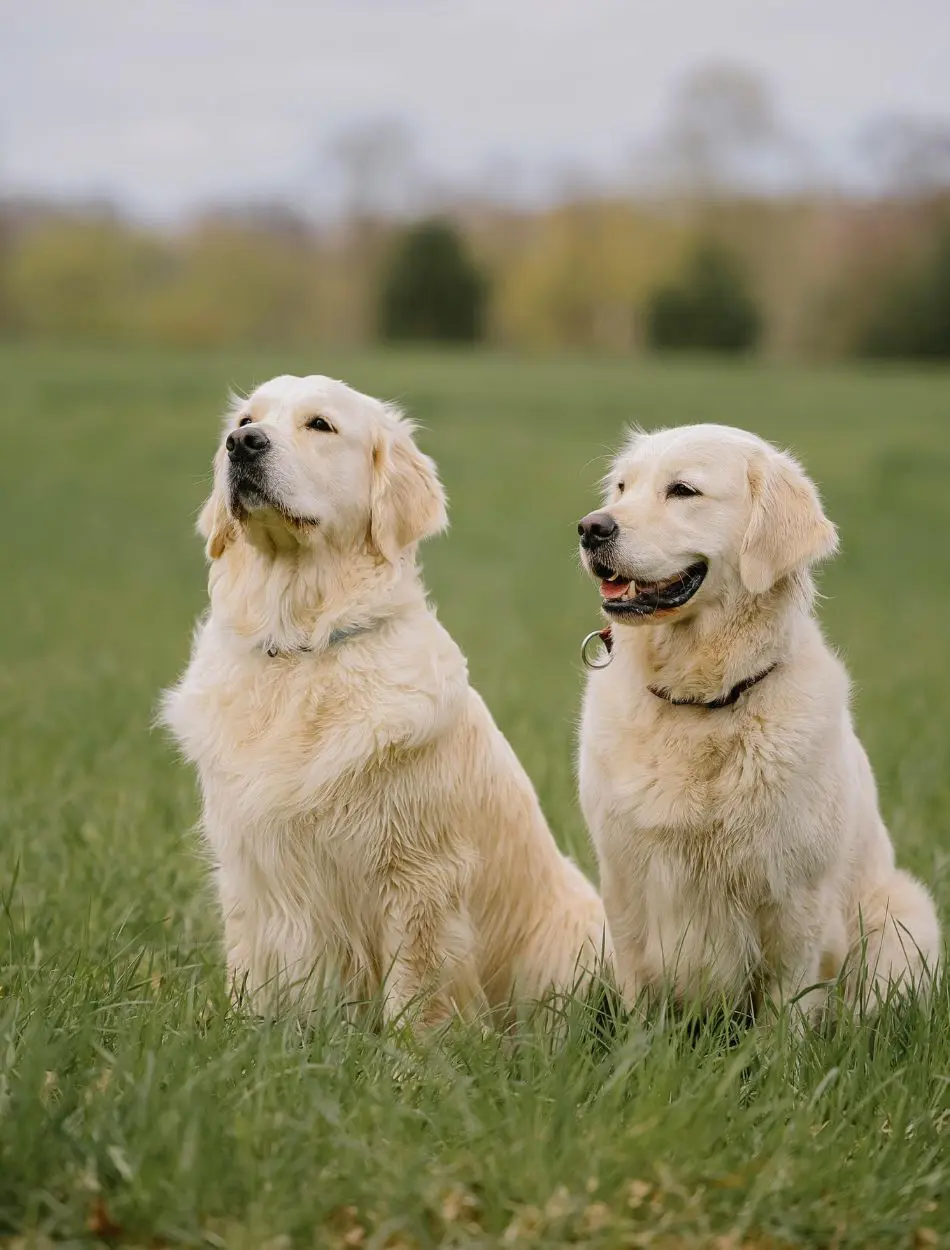
This physical response often occurs when a dog is exposed to stressful situations such as thunderstorms, fireworks, or unfamiliar environments which can range from mild, almost unnoticeable tremors to severe, full-body shakes. Shaking is one of the most clear and common signs of anxiety in dogs.
Various factors, including past traumas, lack of socialization, or a sudden change in their routine can trigger trembling in dogs. Owners should approach their trembling dog with calmness and reassurance, creating a safe and comforting environment. It may be helpful to consult a veterinarian or a professional dog behaviorist to develop a tailored plan to manage and reduce the dog's anxiety effectively.
6. Excessive Licking
Dogs when caught with anxiety can be seen licking their paws or other body parts excessively, which might sometimes be seen as normal grooming behavior, but know that it can indicate a fundamental emotional issue.
Similar to humans biting nails in stressful situations, dogs can perform such behavior as a coping mechanism. This activity can be soothing for dogs and can help them forget their stress temporarily.
Even though it helps forget stress for a short time, it shouldn't be left unchecked as it can lead to skin irritations, infections, and other related health issues that can be caused due to long-lasting moisture and friction.
7. Hiding Or Escaping

When a dog is overwhelmed or feels threatened, a dog tries to escape from the source of the problem or retreats to a private place. Hiding places usually include under beds, behind furniture, or in closets. By isolating themselves, dogs seek a sense of safety and security away from what they perceive as a threat.
Dogs may try to escape their home or yards entirely in some serious cases which is indicated by pawing at the doors, burrowing under outside fences, or even breaking through windows. Not only are these dangerous behaviors for the dog, but they also indicate the level of anxiety that the dog is feeling.
Owners must recognize early signs of problems to be able to put the dogs in a safe, calming environment to help them feel secure. Positive reinforcement training techniques can be effective in the management and reduction of anxiety-related behaviors, along with consulting a veterinarian or a pet behaviorist.
8. Whining And Whimpering
Dogs are very sensitive to their environments and even small factors like the flashing of light to more serious issues like the presence of some large predators can cause them to whine and whimper. You can get the proper clue of their source of anxiety by paying proper attention to the context behind such behavior.
If dogs are provided with a calm location to retreat to and interactive toys to play with, it can greatly help in reducing their stress. You can visit nearby vets or dog behaviorists to get more personalized tactics to keep your dog occupied and stress-free if such distress signs continue.
9. Changes In Appetite
A dog may refuse food entirely or eat less than normal when it is anxious as it has a tendency to cause tension and discomfort which is frequently the cause of this appetite decline. It can get concerning for owners when their dogs show less interest even in their favorite meals and treats. Changes in appetite without any apparent reason can be a proper sign of anxiety in them.
As opposed to eating less, some dogs can respond to anxiety by eating more which can lead to sudden weight gain in them. Dog people need to observe their pet's eating habits more closely in such situations as it can cause obesity and many more health issues in no time.
10. Aggression
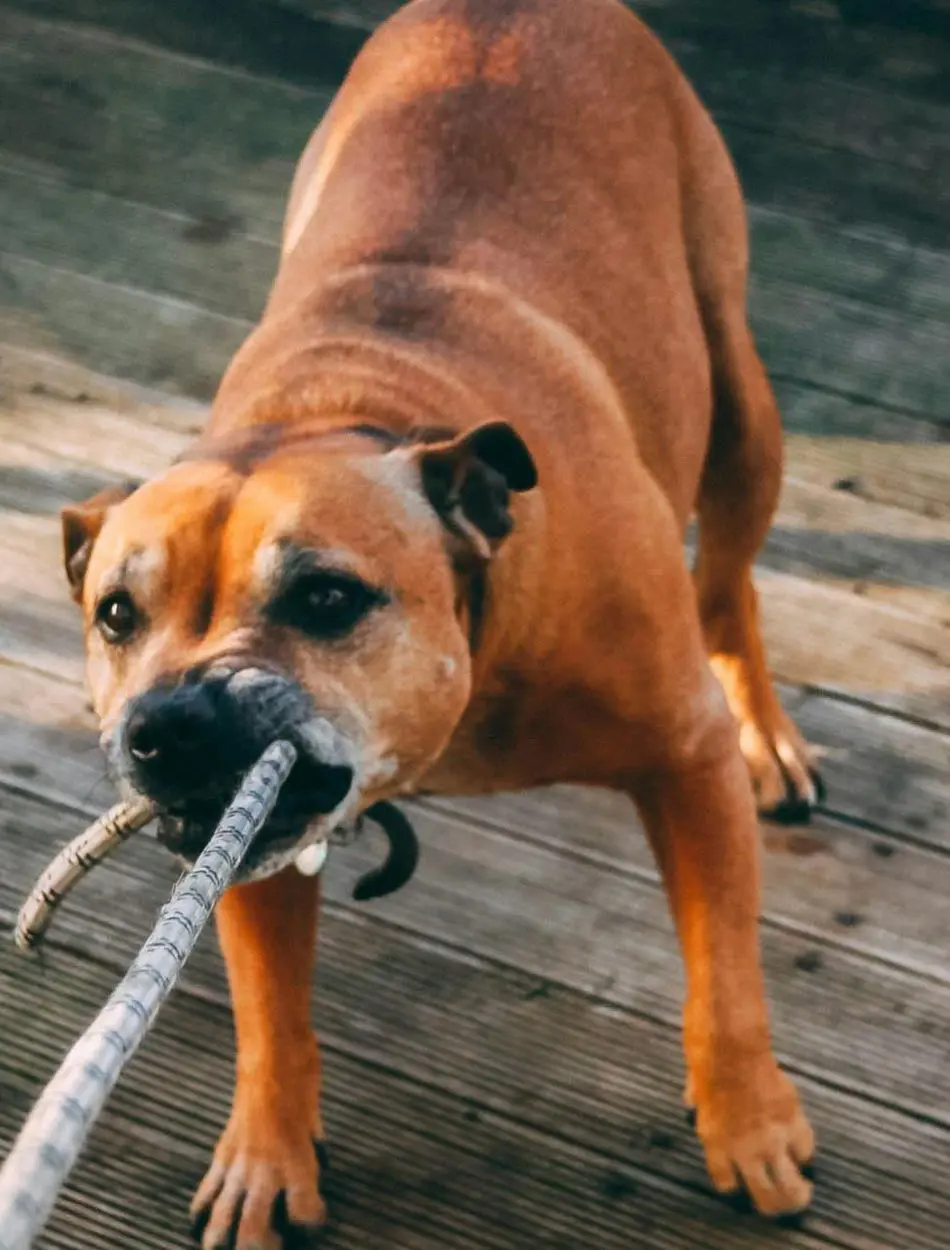
Dogs that are well-trained and grown in loving homes from their early life are rarely aggressive but if this nature changes suddenly and more assertive behavior is observed, dog owners should be aware and should consider anxiety as one of the causes for such happenings. It is essential to approach such dogs with patience and love as you understand them as they are aggressive just because of their stressful situation.
Owners can use positive reinforcement training as a major tool to build dog's confidence and help them fight their fears. You have to understand that aggression is nothing but your pet's cry for help. You can help your dog by providing a more safe and calm environment but negative reinforcement methods should always be avoided.
11. Tail Tucking
Tail tucking into dogs is its way of making itself appear smaller and less noticeable, which is an instinct derived from their forefather's survival mechanisms. This usually indicates that the dog feels threatened in its environment and that threat is triggering their anxiety. Owners can get information about underlying stressors present in their dog's surroundings by observing this behavior.
Pet parents can reduce their furry friend's anxiety by identifying and removing anything from their dog's environment that is causing them stress. You can greatly enhance your pet's quality of life by being aware of these indicators and taking appropriate action to provide them with a calm and secure environment to thrive in.
12. Hyperactivity
As we humans pace from one room to another or start doing some exercises to deal with intense stress, our dogs also occasionally try to release tension the same way. They can also show signs of digging or even destructive behavior with high energy. Knowing and understanding these activities as a sign of anxiety in your dog is important for their emotional needs.
Addressing the emotional needs of your dogs can make them feel more secure and diminish their anxiety and the hyperactivity followed by it. This high energy level isn't just a display of energy but a dog's own way of dealing with the presented stress or fear. Anxiety in dogs creates an outburst of energy which is why it usually surfaces as hyperactivity which makes them perform normal regular activities with high energy levels. Owners should observe their dog's habits and help them calm down in such situations.
13. Drooling
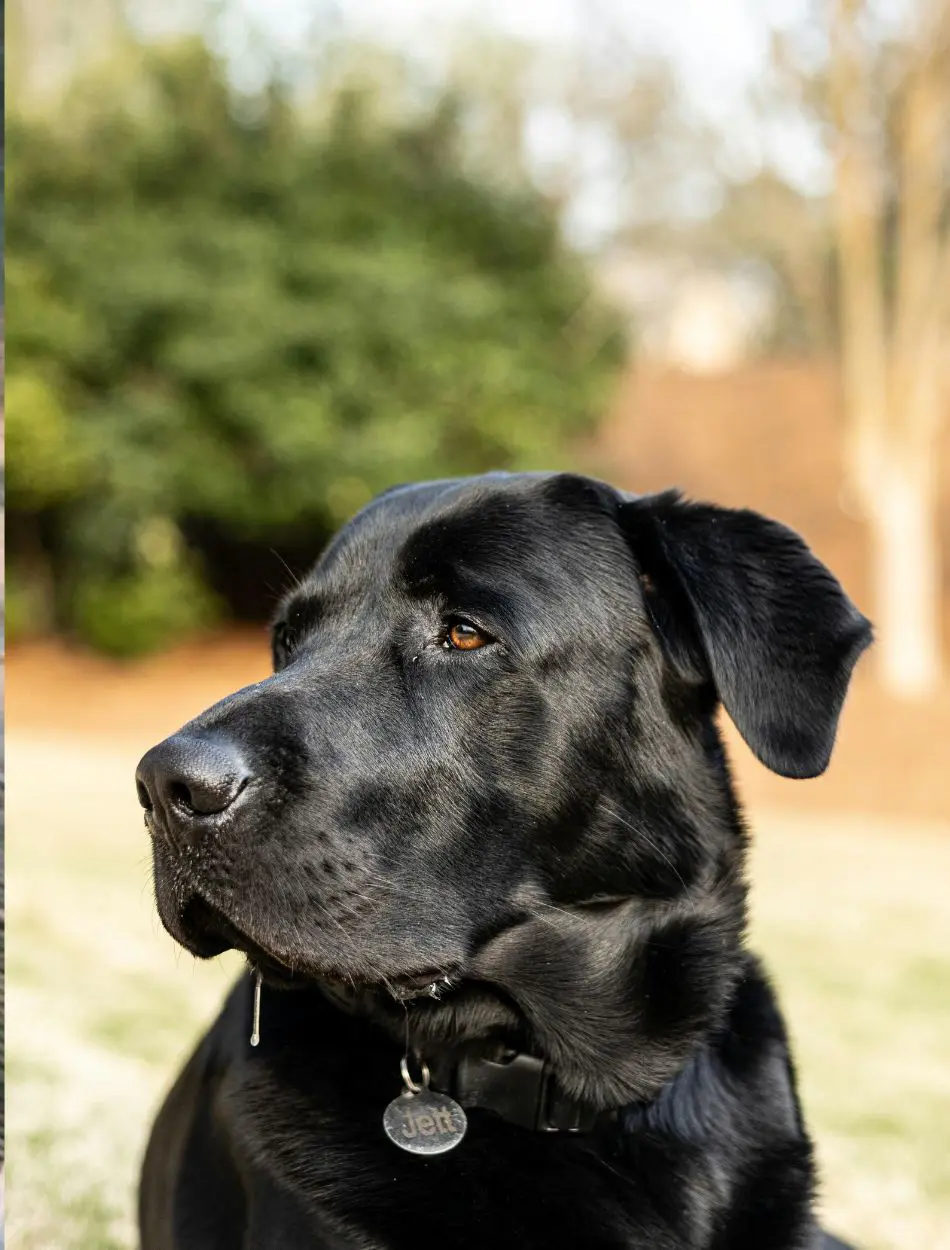
Sometimes you notice you're drooling or salivating for no apparent reason and it can leave you wondering about the reason behind this behavior, in such moments you should consider if your pet is having an anxiety attack. This can often happen in dogs due to a fight or flight response created by their body where heightened nervousness or fear increases the production of saliva, leaving your dog drooling.
If excessive drooling is seen in your dogs without any clear medical cause for it one reason behind it can be the anxiety in them. Monitoring your dog's daily habits and identifying potential stress triggers to keep it away from them can help to remove their fear and anxiety. Sometimes it is necessary to consult with the veterinarian or dog behaviorist to control their drooling response.
14. Dilated Pupils
One of the most conforming signs of anxiety in dogs is their dilated pupils which happen when the body releases adrenaline because the dog is stressed or scared. This happens when the dog is either ready to fight anything that it is scared of or when it is ready to run away from the stressor. Observing a dog's eyes can help you realize if your furry friend is stressed or overwhelmed.
You can observe the same signs whenever your dog is stressed or even when they are happy but recognizing the situation behind the cause can help you be the better caretaker of your canine buddy. Regular monitoring and keeping a record of your pet's behavior can make a great difference in their overall well-being. It is best to address the root cause of anxiety in your dog and feel them more secure.
15. Excessive Shedding
Hormonal imbalance when caused by anxiety in our pets can cause them to have various problems, one of which is excessive shedding. It is subtle and hard to notice as dogs generally shed some of their fur most of the time. Stressed dogs are prone to excessive shedding as even their immune system can be vulnerable due to stress and anxiety.
Dog grooming habits can provide you with important clues about their emotional state and help you address the root cause of their stress. Your dog can fight with their stress-related problems if you can provide them with a sense of security and a supportive environment.
16. Change In Body Posture

Dogs often show changes in posture by cowering or slinking low to the ground when feeling anxious which is a clear signal of fear or discomfort. It is accompanied by other signs such as a tense body most of the time. Changes like these can be a significant sign of anxiety in dogs.
These little ones can be seen restless and pacing while carrying their own body with such uneasiness that you can read the difference in their body language even if you are not so observant of your pet's behavior. One can take care of those dogs in such conditions by addressing the cause of such signs and helping them by removing the stressor from your dog's environment.
17. Hypervigilance
Dogs in general are vigilant creatures but sometimes this nature can be greatly increased which can be a significant sign of anxiety in them. Hypervigilance is when the dog will frequently be on the lookout for their surroundings and react to each noise, movement, or change, however small. This behavior mostly serves as a coping mechanism that disguises the inner stress or fear in a dog, which makes them always on the lookout for threats.
The common triggers could be new environments, loud noises, or past trauma, in which the feeling is then present in the dog to always be on guard. Hypervigilance can be controlled by creating a calm and stable environment that will help reduce their stress levels. In serious cases, professional help may be required from a veterinarian or a dog behaviorist. They can provide an individual approach and maybe even use anti-anxiety medication to help the dog relax his mind and be more balanced.
18. Changes In Bathroom Habits
If a previously house-trained dog suddenly leaves accidents in the house, it can be caused due to stress or anxiety which can be urination or defecation in the house at times in places that they normally would not go. This kind of behavior is maintained in some dogs by exposure to different stressors such as the absence of owners, and the addition of new pets or people in the house.
Dogs can lose control over their bathroom habits as anxiety disrupts their daily routine causing them to urinate in places they normally would not. You cannot stop this from happening by scolding or screaming at them but it can be controlled by providing them with safe space and addressing the issue giving them anxiety. Distractions such as toys to keep them occupied can also be helpful. Professionals can advise on how to handle the situation and even provide some treatment recommendations so that the nervous feelings of the dog are calmed, and he returns to his regular bathroom habits.
19. Excessive Yawning

Even though it is normal to yawn due to tiredness or when a dog is feeling a bit bored, repetitive and intense yawning may indicate some sort of stress or discomfort. If the dog begins to display excessive yawning in situations that are not normally tiring, such as getting up or going for a walk, then what this really means is that it has become some form of self-soothing activity against anxiety.
Excessive yawning can be understood as a calming signal for feelings of being overwhelmed or threatened. Owners need to look at a dog's body language and situation to deduce whether the yawning is anxiety-related. Owners who can understand excessive yawning for what it is which is a truly emotional response by dogs, can help their dogs emotionally and not allow anxiety to grow into larger behavioral problems.
20. Compulsive Behavior
Repetitive behaviors are very often coping mechanisms that give the dog a feeling of reduced stress and control over the environment, including excessive licking, chewing, or chasing the tail. While this is not indicative of any abnormality with occasional licking or chewing, constant engagement in these activities may be a pointer to some underlying problem.
In severe cases, you may need to seek the help of a veterinarian or a professional dog behaviorist who can help you work out a treatment program that may involve behavior modification and, in very bad cases, even the use of required medication.
Recent posts
Dogs
Why Do Dogs Pee In The House?
Uncontrolled peeing inside the house is usually perceived as a sign of a poorly-disciplined dog. However, it may not always be true as the canine could be suffering from a medical issue or cognitive decline. And, getting made is not the solution as y...
Dog Sleeping Positions And Their Meanings
The diverse sleeping dog positions of our furry companions unveil a fascinating tapestry of behaviors and emotions in the canine realm. From the classic Curler to the enigmatic Superman, each posture conveys a unique message about a dog's well-being ...
Dog In Heat: When It Happens And How Long Does It Last
A female dog will get to the phase of reproduction known as the heat cycle if she has not been spayed. If you have an unspayed female dog, it's vital to understand the stages of her heat cycle. During heat, a canine's conduct may additionally c...
15 Causes of Dog Losing Hair
Occasional hair loss and shedding is a natural physical process in dogs. Seasonal shedding helps remove dead and excessive hair from their body. But, when a dog starts losing excessive hair, it can be a terrifying sight for pet owners. Often, dog par...
18 Signs A Dog is Dying
Recognizing the signs that a dog is dying can be heartbreaking, but it's far more essential to offer comfort in their final days. The signs consist of changes in behavior and constant hunger indicating that it may be time to say good-bye. Owners who...
15 Reasons Why Dogs Eat Poop And How To Stop It
Dogs sometimes engage in odd and unhealthy behaviors, along with ingesting their poop or that of different animals. This habit may be concerning and disgusting for any pup owners. This habit has many motives, however, the secret is locating eff...
